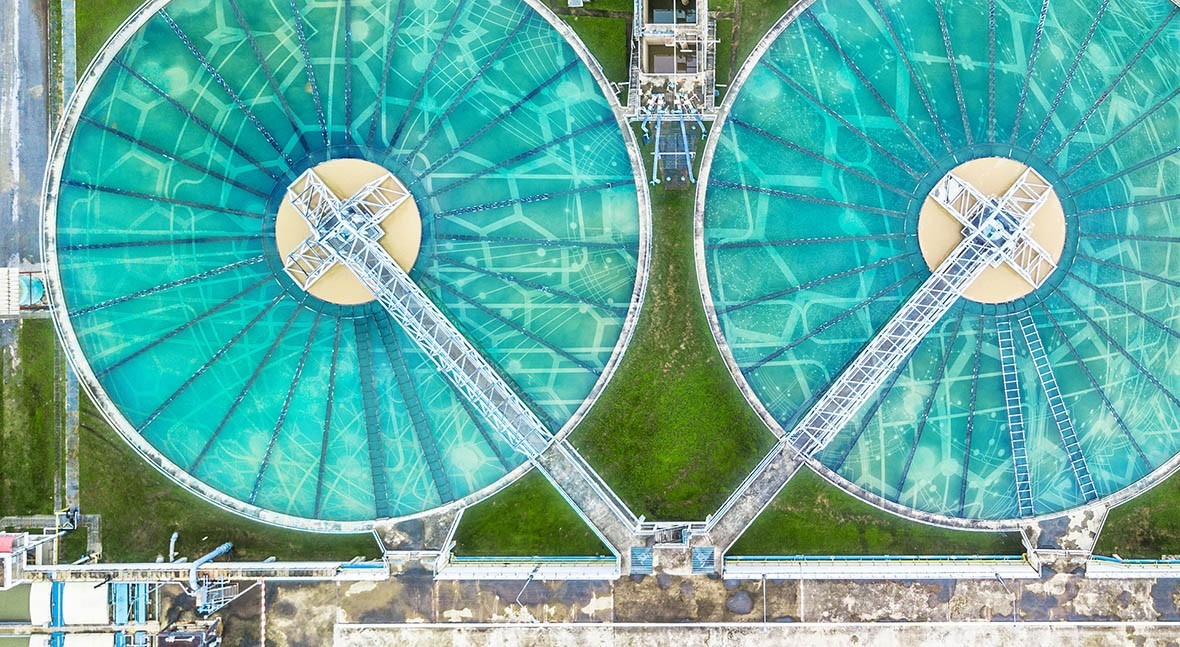Digital transformation helps us to streamline operating and maintenance costs in integrated water-cycle services and infrastructures. According to Francisco Javier Salguero, Operations Director at Idrica, SMEs have already factored digital transformation plans into their objectives and in larger companies, CEOs are already introducing digital transformation into their business culture.
The digital transformation process can be defined as implementing new technologies in all areas of a company to change the way it operates. Salguero points out that it is important to nuance two concepts in this definition: "new technologies" and "all areas", since we usually associate digital transformation with infrastructures, and with data and sensor technology, but the process actually involves much more than this.
How to save money thanks to digital transformation
Idrica's expert states that the first thing we need to ask ourselves is what we want to save money on. And to answer this question, we need to know exactly what our goals are. For example, in a drinking water distribution system, the objective is for citizens to have sufficient, good quality drinking water at home. Once we know what our goal is, the next step is to analyze the entire process and to pinpoint the problems we may encounter along the way. In other words, if we want to deliver drinking water to homes, we must ascertain which obstacles we will come across, or which tasks will require more resources. From this point on, we can consider where we want to make savings.
Francisco Javier Salguero explains that, when talking about savings, we should not only think about costs, but also about all the hard work the service requires. He refers to the team of staff behind it (human capital) and the resources (water, energy and chemicals) we need to minimize in order to be more sustainable. But we can’t stop there. The Idrica expert points out that technology is key in services with limited resources or old infrastructure, and that it also helps to improve customer satisfaction.
Francisco Javier Salguero explains that, when talking about savings, we should not only think about costs, but also about all the hard work the service requires
Some of the benefits of digital transformation in the water industry
To understand how digital transformation can help improve water management and save costs, let's use the example of a small residential sector with a single inlet where pressure and flow are measured. The data collected can be sent to a system (a central SCADA) and warnings can be programmed if signals reach a maximum or a minimum threshold value. However, there are fluctuations in pressure and flow which are often perceived by the user but not by the system. So, although the flow rate does not drop to the minimum threshold to trigger the alarm, the water does not reach the top floors of a building because there is not enough water pressure, yet the utility is not aware of it.
To prevent these kinds of situations from happening we need to implement a system that analyzes in real time whether the incoming signal is as expected. This system could detect any fluctuations and notify both the affected users and the utility.
Another clear example of the benefits of digital transformation in the water industry can be found in manually operated infrastructures. In Latin America there are many treatment plants that do not use any sensors. This leads to a poor potabilization process since there is no raw water information available. This leads citizens to mistrust the service and consequently makes them unwilling to pay for it.
Another clear example of the benefits of digital transformation in the water industry can be found in manually operated infrastructures
How can we improve the treatment process in this scenario? By implementing a continuous control system at the treatment plant inlet, connected to a dosing unit, the water can be treated according to its characteristics at the inlet. This would ensure good water quality and, above all, restore users’ trust in the service.
Blockchain is another example that must be mentioned here. The technology behind cryptocurrencies is based on connecting or distributing all the information in a process through a network of nodes that are independent from the system. This will provide process transparency and traceability, both inside and outside the company.
How does the GoAigua technology help reduce water management costs?
GoAigua brings together all digital water infrastructure components to improve utility operations, maintenance, asset management, customer experience and adaptability.
In the Spanish cities of Valencia and Gandia, the GoAigua technology has successfully reduced costs and improved the system’s efficiency. In Valencia, the solution has helped to save around 20% in maintenance costs, 15% in energy costs, and 35% in hydraulic performance in terms of non-revenue water. In Gandia, Narrow Band technology was applied to remote water consumption readings, providing citizens with more information about their consumption and reducing the number of complaints by 60%. In addition, an average of more than 200 leaks per month were reported and the number of registrations in the virtual office increased tenfold.















